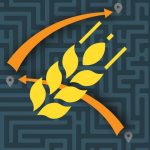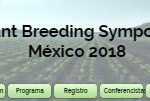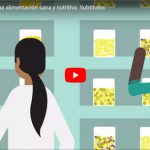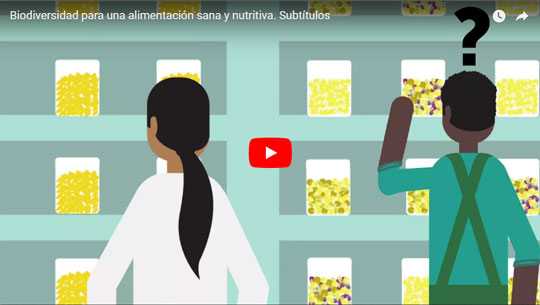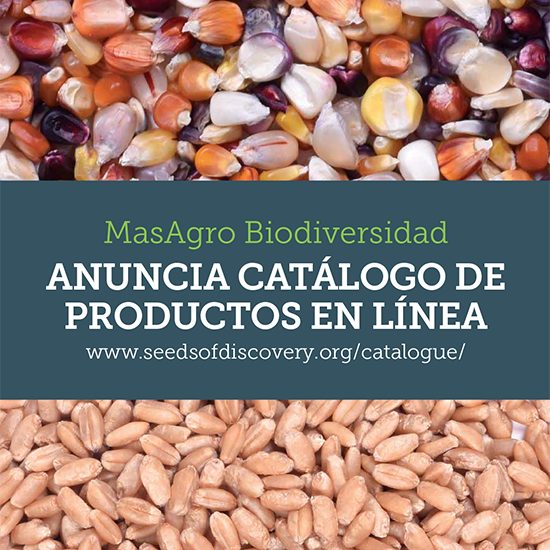-
‘CurlyWhirly’ – multi-dimensional data visualizer
This application helps to view multi-dimensional data, with a particular focus on the outputs of Principal Coordinate Analysis and Principal Components Analysis. The data can be viewed and selections can be made with the application of additional data resources such as categorical data. It is a powerful tool to discriminate similar germplasms by genetic distances analysis, or to identify undesirable contaminations. CurlyWhirly was developed by James Hutton Institute, in collaboration with CIMMYT.Product details and features
- CurlyWhirly is a multidimensional data visualization application in 3-dimentional space.
- Supports rotation, zoom, hierarchical filter and a range of point interactions. Coloring of points (entries) by category
- Facilitates visualization of few to tens of thousands of data points. Hierarchical filtering of visible/selected points
- Creates movies and screenshots
- Phenotypic data can be added to data to aid interpretation
- Selection and export of data is possible for further analysis.
- Explore data available in the MasAgro-Biodiversity project.
- Multi-platform application available to the public to download
-
COMMENTS
- This software visualizes the genetic information among different entries, projecting the information captured by Flapjack software at the genome level.
AVAILABILITY
Released, with improved versions being periodically released with automatic upgrade. https://ics.hutton.ac.uk/curlywhirly/download-curlywhirly/
Primary Users
Breeders, researchers and students who work with different levels of germplasm complexity.
For more information
- Please send us a message to Cimmyt-mab-seed@cgiar.org
News
NEWS
- Wheat phenotyping workshop
The International Maize and Wheat Improvement Center (CIMMYT) extends a cordial invitation to participate in the training workshop "Wheat phenotyping for the identification of germplasm with high yield potential and tolerance to drought and heat". This will be held in CIMMYT HQ, Texcoco, State of Mexico, on September 28th, 2018 (from 9:00 – 14:00 hrs) as part of the II Plant Breeding Symposium México 2018 (https://trasmejoragen.wixsite.com/inicio) The objective of this workshop is to train participants in the phenotypic characterization of wheat germplasm. Research themes include: climate change; priority characteristics for wheat for Mexico; phenotyping of genetically diverse materials and in the ...
- II Plant Breeding Symposium Mexico 2018
MasAgro Biodiversity announces the II Plant Breeding Symposium Mexico 2018 which will be held on September 6 and 7, 2018 at the CIMMYT HQ, Texcoco. Mexico. This event belongs to the series of DuPont Plant Sciences Symposia. For more information please visit the website:https://trasmejoragen.wixsite.com/inicio
- New video: Crop biodiversity for healthy, nutritious livelihoods
Erratic weather, poor soil health, and resource shortages keep millions of maize and wheat farmers in developing countries from growing enough to feed their households and communities or to harvest a surplus to sell.
- 3rd KDSmart app workshop
The International Maize and Wheat Improvement Center (CIMMYT) extends a cordial invitation to participate in the training workshop on the use of the KDSmart app. This will be held in Texcoco, State of Mexico, on December 20, 2017 (from 9:00 - 17:00 hrs).
